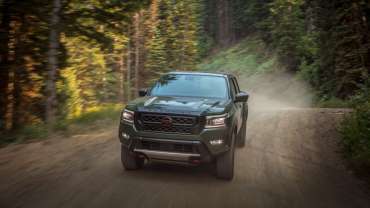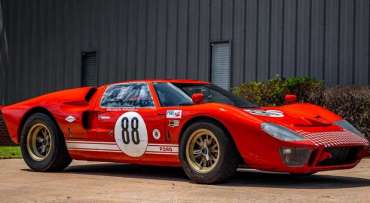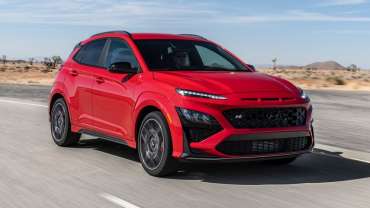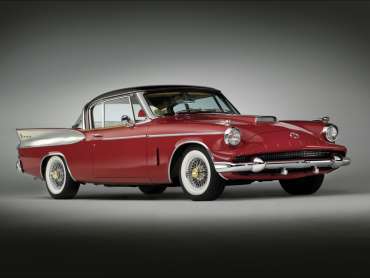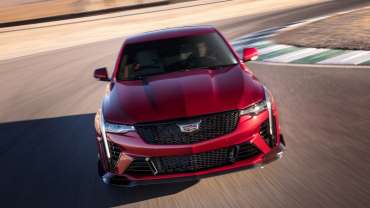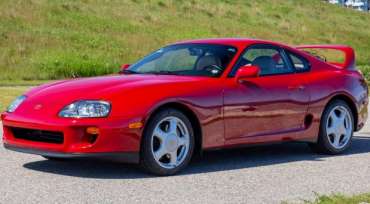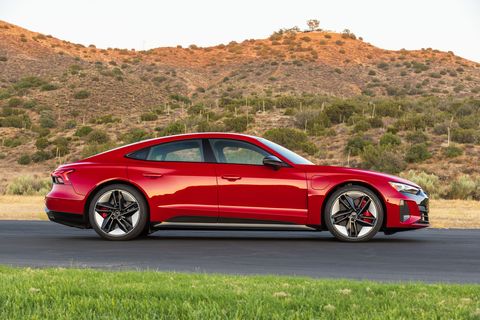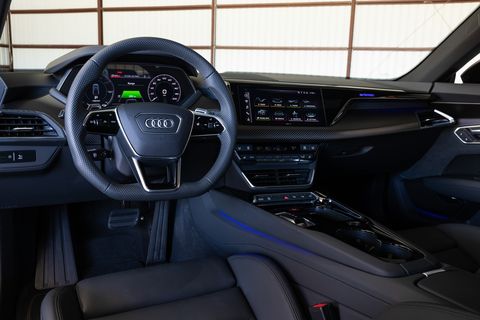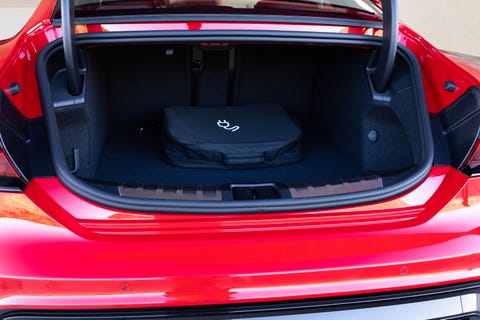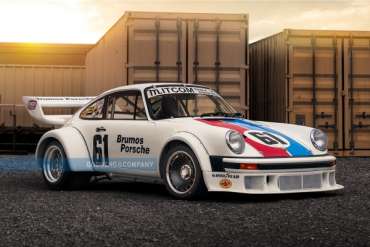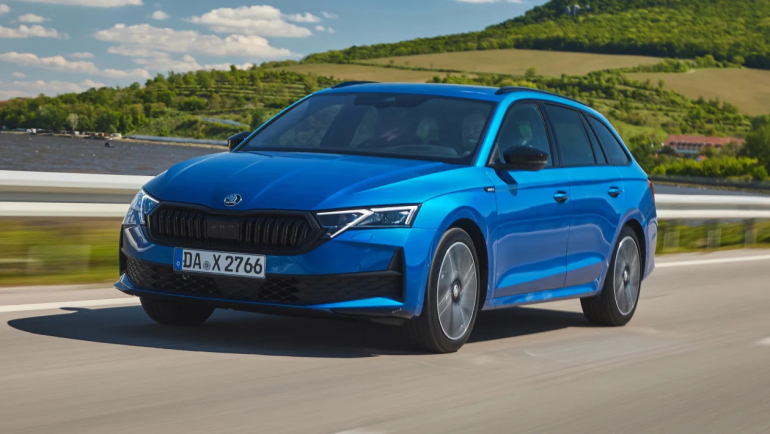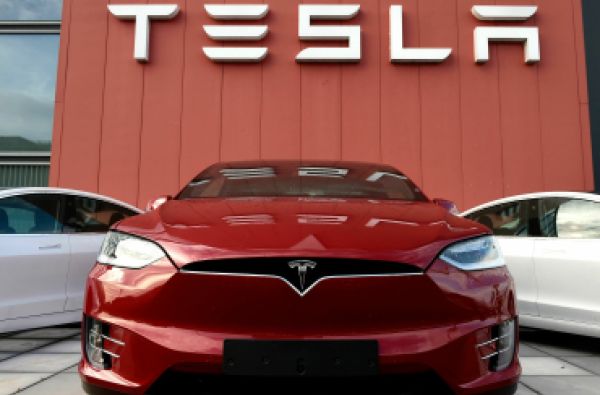In conventional automobiles, the tall top gears of modern automatic transmissions largely silence the combustion events happening under the hood. So, when an EV hushes along at 85 mph or so and unfurls the lonesome two-lane expanses of the West, the fact that it's motivated by electricity instead of gasoline doesn't seem terribly relevant. It does become a bit more important if the battery is depleted and you lack a solid recharging plan. If you're range anxious about finding somewhere to recharge, the e-tron GT is rated for 238 miles and the 590-hp (637 in overboost) RS e-tron GT model is good for 232 miles, both of which are far short of the Tesla Model S's EPA range.
The mass of the battery tips the GT's curb weight past 5000 pounds, but since the pack is in the floor, the center of gravity is low. Imagine a 4947-pound Audi RS7 with a keel and you get the idea. At 55.0-inches tall, the largely aluminum-bodied e-tron GT is low for a modern sedan and nearly two inches lower than the RS7. Without gears to choose, the GT and RS twins remain at the ready for whatever the Angeles Crest and Forest highways throw at them.
Go for the RS version and you get summer tires, but even on the e-tron GT's all-season rubber, the standard three-chamber air springs keep the body flat and the handling secure without being boring. Although the steering is accurate and gets the nose pointed with unerring precision—and the many drive modes can adjust the effort—not a lot of feedback comes through the wheel. Sure, the regular GT's all-seasons howl in protest when they begin to understeer but add power and the system sends torque rearward and divides it as necessary to the left or right wheels to cancel the mild push in corners. What you feel, besides confidence, is a return to your intended path around an apex. The RS performs the same trick, but its summer tires provide more grip with a bit less squeal.
Provided you shut off the stability control, the rear end's ability to send power to the left and right will also indulge the aggressive driver by setting up an easy-to-control, power-on drift. Being (mostly) prudent adults, we kept such experimentation to the airstrip that Audi rented for us to safely experience the RS's zero-to-100-mph acceleration. Hauling these Audis down from speed are 14.2-inch front brake rotors on the regular GT and 16.1-inch tungsten carbide-coated units on the RS. Should that not be enough, the RS offers 16.5-inch carbon-ceramic jobs up front. Strong and fade-free, a couple of downhill sections in the canyons required a harder push on the brake pedal, a reminder that quickly decelerating 5000 pounds requires a lot of force.
Using the brakes in the GT and RS GT is something you'll do a lot. Unlike some competitors, Audi doesn't offer a one-pedal driving mode. The maximum regeneration mode (activated by the left "shift" paddle on the steering column) doesn't slow the car down much. Audi proffers that coasting is more efficient than maximizing regeneration. The net effect is that you drive the two e-tron sedans more like a conventional gas-powered car, another reason it's easy to ignore what's propelling you when you're behind the wheel.
Designers put a lot of thought into making the most of Audi's (and Porsche's) EV platform. Not only is the roofline low, but the cockpit and greenhouse are narrower than the body. It's a visual trick used by the Porsche 911 that results in a balance of elegance and aggression. Wide rear fenders flow rearward to A7-like taillights. Wheel sizes start at 20 inches; RS models offer a 21-inch option.
The relatively narrow cockpit is obvious when you're inside. Front-seat space is generous, but the roof looms close and the glass area is small for a sedan. The view out the back is restricted, but after a few miles you adjust to it. If you're thinking it's as bad as a Chevrolet Camaro, it's not. Rear-seat space also is in short supply, and the smallish door openings and low body make getting in and out a little more difficult than it is in an RS7.
An RS7 also sounds considerably better than both the e-tron GT and RS. Audi engineers did try various devices—including a didgeridoo—to give their electric sedans a soundtrack. Under hard acceleration there's a hushed roar and the volume increases in the most aggressive Dynamic mode, but it pales next to how the roar of the RS7's twin-turbo V-8 fires the synapses in your lizard brain.
Choosing between Audi's new electric sedans and its 591-hp RS7 is made even more difficult by how the pricing sandwiches the $115,545 gas car between the two. Before any incentives or tax credits, the e-tron GT starts at $100,945 and the RS opens at $140,945. Even though the e-tron GT is so good that we briefly forgot it was an electric, as new internal-combustion cars become rarer sights we're still going to pick them until we can't. As far as comparing it to the ridiculously quick, 1020-hp Model S Plaid, we'd love to answer that nagging question too. As soon as we get a Plaid to test, we'll let you know.
(caranddriver.com)


